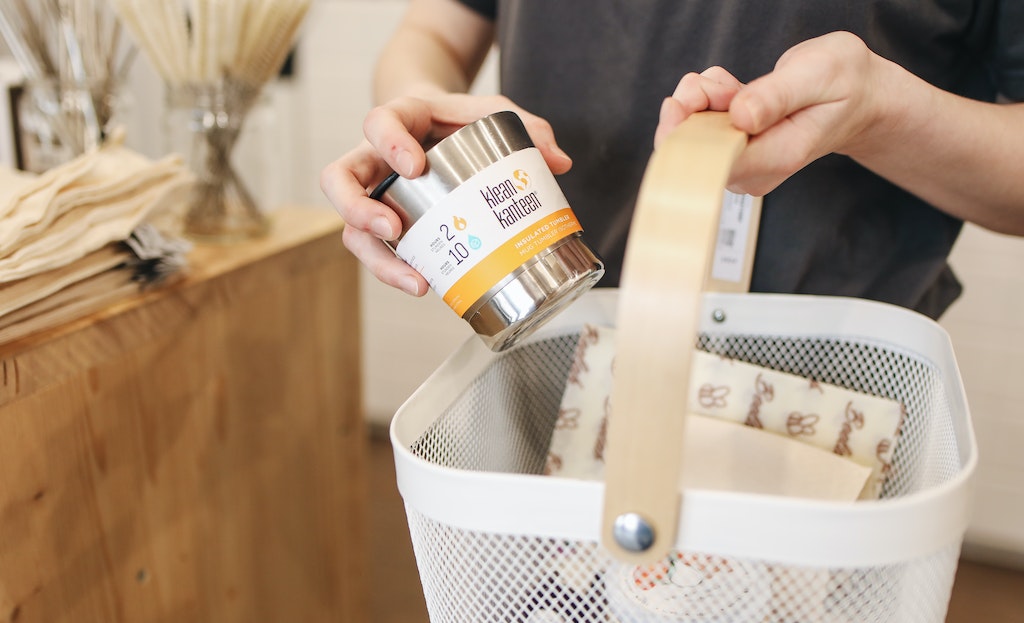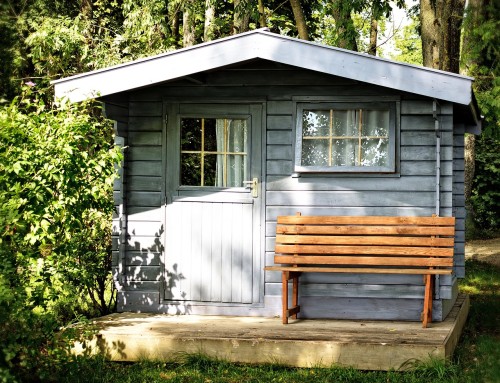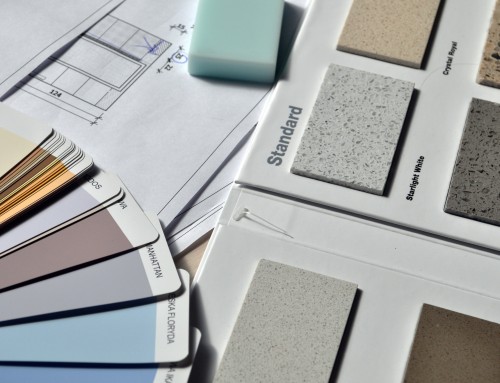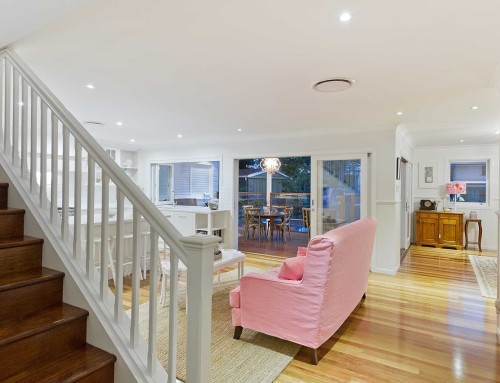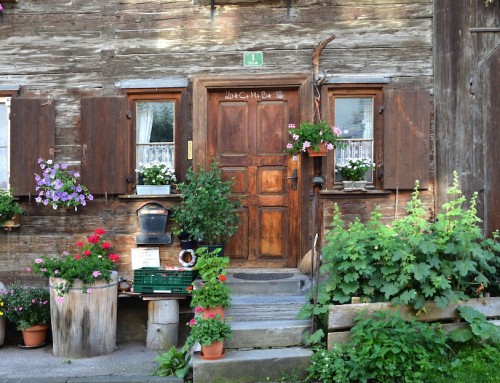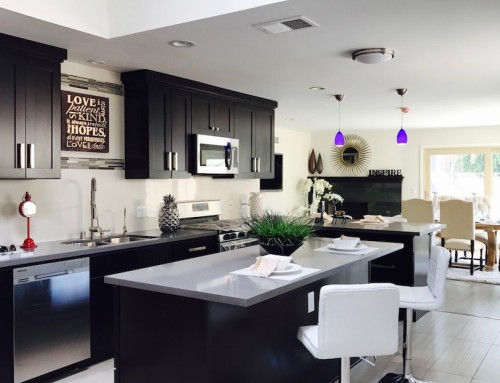As the concern for our environment has grown within society, so has the interest in a sustainable home and a more sustainable lifestyle. Green homes, or as we like to call them, “healthy homes,” offer incredible benefits for the environment, your health, and utility bills.
Whether you’re looking to start from scratch, upgrade, or even make some quick yet impactful changes, there are many opportunities to reduce your carbon footprint and save money along the way.
Below is a look into what it means to have a green home, some of the great benefits, and how you can create a green home without committing to an entire remodel.
What Does It Mean To Have A Green Home?
Having a green home means having an environmentally sustainable home. The center of attention for green homes is typically the efficient use of energy, water, and building materials. Essentially, it’s a household that impacts the environment less because it requires fewer recourses to run.
Not every green home will be the same, so just because your house wasn’t initially built “green” doesn’t mean you can’t make it sustainable. Making your home eco-friendly can even be a gradual process over time, not all at once.
Creating A Green Home: The Little Things
We understand that remodeling is not within everyone’s budget. Money aside, we also understand simply not wanting to undergo the potential stress of remodeling your home. But this doesn’t mean you can’t still make your home more sustainable.
There are a lot of little things you can do for your home to reduce your carbon footprint, live more sustainably, and even see lower utility bills.
1. Switch To LED Lights
LED lighting is by far the most energy-efficient lighting option on the market. They’re said to use 75% less power than traditional incandescent lights. They also emulate less heat, so they aren’t making your home even warmer while you’re trying to cool it down.
Additionally, LED lights have a significantly longer lifespan lasting up to 100,000 hours, compared to the 1,000-hour lifespan of traditional lights. In terms of environmental friendliness, unlike fluorescent and mercury vapor lights, LED lights do not require special handling when they’re disposed of because they don’t contain any mercury. Making them a great sustainable lighting option for your green home.
2. Install A Smart Thermostat
Smart thermostats are another great way to use less energy and save money on utility bills. A smart thermostat works by adjusting your heating and cooling for optimal performance. Your thermostat will be able to tell when you leave home with motion sensors or by checking the location on your phone. This way, the thermostat does it for you instead of manually turning down or up your unit.
3. Consider Low VOC Paints
VOC stands for volatile organic compound, and just from the name, this doesn’t sound like something you want in your home. Paints with high VOCs can contaminate the environment and decrease the indoor air quality of your home by emitting toxic chemicals.
Finding eco-friendly paints for your green home amongst the false advertising many brands do can be challenging. One great way to ensure you’re buying paints with low or zero VOCs is to check for a Greenguard label. This label ensures the paint is within the emissions standard.
4. Energy Star Certified Appliances
Appliances like your washer, drier, dishwasher, and refrigerator can be substantial energy suckers, and it’s really unnecessary considering the amount of energy efficient products on the market.
When you invest in Energy Star certified products, you’re obtaining eco-friendly, energy efficient appliances that can significantly reduce your carbon footprint and save you money.
5. Start Composting
There are some amazing benefits of composting, including,
- Conserving water
- Improving soil health
- Reducing waste
- Reduce soil erosion
- Decreases greenhouse emissions
You can even buy an eco-friendly compost bin to start your project. The Bamboozle on Amazon has some great reviews and is made of bamboo, so it’s biodegradable, which means it won’t end up in a landfill for a hundred years.
6. Grow A Vegetable Garden
Gardening can be therapeutic and also promotes healthy and sustainable eating habits. You’ve heard it before, we are what we eat, and nothing beats homegrown, fresh fruits and vegetables.
One thing to keep in mind when gardening is water waste. So consider a garden that requires minimal water usage. Adding a layer of mulch is a great way to reduce water usage because it keeps your soil cool, and the water won’t evaporate as quickly.
Between the compost and gardening, the earth will be thanking you, and so will your health.
7. Use Natural Cleaners
Traditional cleaners often contain chemicals that can harm your health and the environment. A natural cleaner like white distilled vinegar is an excellent alternative that still works just as well.
Some may be turned off to using vinegar because of the smell, and we get that. Seventh Generation is a brand that offers a line of excellent natural cleaning products for your home.
The Benefits Of A Green Home
Creating a green home is great for your health and the environment, and you can significantly decrease utility costs. While some green home improvements might be a bit of an investment to start, they’ll usually end up paying for themselves over time.
– Enhances Indoor Air Quality
As we talked about above, paints with high VOCs can release harmful chemicals into the air you will be breathing in. Do you know that fresh paint smell that sometimes gives people a headache? These are the odors of potentially hazardous chemicals.
Many eco-friendly paints are odorless, water-based, and don’t contain any volatile organic compounds, such as Formaldehyde. Zero and low-VOC paints significantly increase the indoor air quality of your home. So you’re no longer at risk for the potential respiratory and allergy problems that have been associated with high VOC paints.
– Experience Lower Maintenance Costs
Conserving energy can make a significant difference in utility costs. Even making a habit of turning all of your lights off when you leave the house can make an impact on your energy bill. So when you’re doing things like using LED lights for sustainable lighting and energy star-certified appliances, you could save significant amounts of money.
– Reduce Your Carbon Footprint
For many, the most crucial reason to have a sustainable home is to decrease their carbon footprint on the environment. Conserving energy and water is one of the most significant ways a green home can reduce its carbon footprint compared to the amount of energy traditional homes use to run.
Becoming conscious of the kind of waste your home produces also reduces the stress on the environment, like safely throwing away LED lights once they’re dead, making a minimal environmental impact, unlike conventional lighting.
Interested In Taking Your Green Home To The Next Level?
Our team at West Shore construction has provided Tampa Bay residents with green home improvements since 1985. We strive to develop creative solutions for sustainable living that elevate what’s already great about your home and create a healthier and environmentally friendly space.
If you’re looking to create a more sustainable home, call us at 727-488-8182 or contact us online to maximize the benefits green homes have to offer and get the most out of your investment with valuable green home improvement strategies.
Extending Sustainable Living Beyond Your Green Home
The benefits of sustainable living can extend far beyond your home. A sustainable lifestyle is entirely within reach for a healthier you and environment. Some great sustainable habits include,
- Eliminating plastic use
- Buying used goods
- Supporting sustainable companies
- Avoiding driving when you can
A sustainable lifestyle is completely within reach regardless of how far you want to take it. Any step toward a healthier lifestyle and environment can make an impact.


